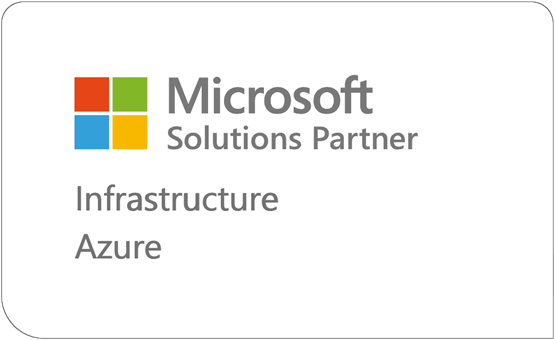Systems Engineering is proud to announce that we have been recognized as a Microsoft Solutions Partner for Azure Infrastructure. This elite designation underscores our technical excellence, client success, and deep commitment to modernizing and securing IT environments in the cloud.
Systems Engineering Earns Microsoft Azure Infrastructure Designation — Powering the Next Generation of Cloud Innovation
Business Transformation, Announcements, IT Solutions & Support
Cyber Insurance in 2025: What Organizations Need to Know About the New Rules of Coverage
Cyber insurance has become a critical safeguard for organizations of all sizes—but understanding and securing the right policy is more complicated than ever.
During periods of economic uncertainty, organizations are often tasked with reducing costs. Yet cutting too deeply or in the wrong areas can compromise long-term goals, security posture, and operational productivity. The challenge lies in striking a balance: knowing where to economize, where to invest, and how to ensure strategic alignment across the business.
Microsoft to Discontinue Nonprofit Grant Licensing for M365 Business Premium and O365 E1
You may have recently received an email from Microsoft announcing the upcoming discontinuation of the Microsoft 365 Business Premium and Office 365 E1 “Grant” licensing, which is provided directly by Microsoft at no cost. Existing Microsoft 365 Business Premium and Office 365 grant recipients can continue service through their next renewal on or after July 1, 2025.
In today's digital landscape, small and medium-sized businesses (SMBs), driven by digital transformation and cybersecurity needs, heavily rely on Managed IT Service Providers (MSPs). The crucial question is whether your current MSP can propel your organization forward in this fast-paced environment. With varying capabilities in the MSP market, evaluating your provider is pivotal for strategic decision-making.
Security, compatibility, and compliance are the biggest threats that result from not keeping your technology current, also known as technical debt. These problems can occur by running software and hardware past the point of manufacturer support (end-of-life systems and software), putting your business at unnecessary risk.
When considering a managed service provider (MSP) for your business, it's important to evaluate their approach to securing sensitive data. Conducting due diligence to ensure that the MSP has the necessary controls in place to protect your sensitive information is highly recommended.








.png)



